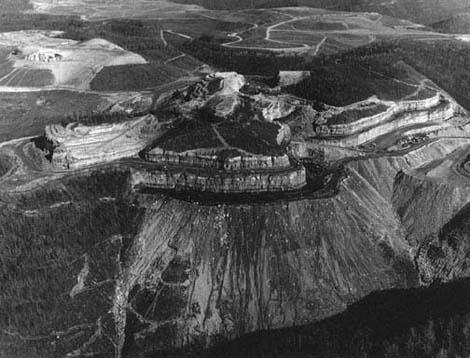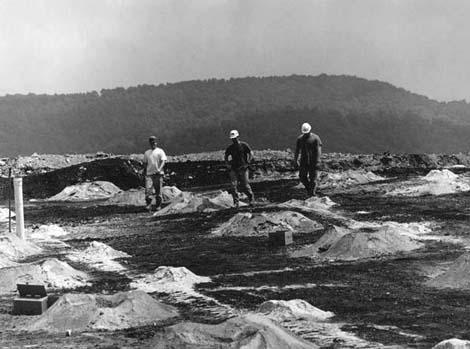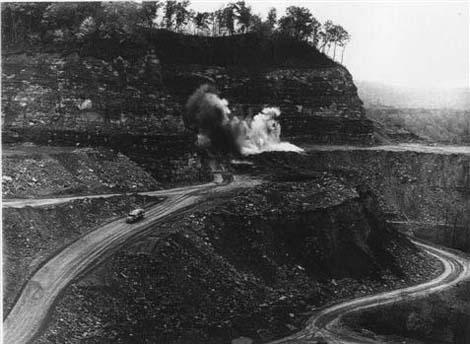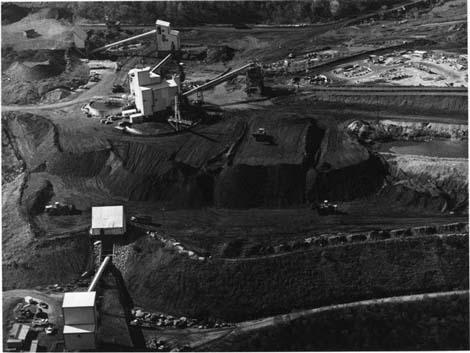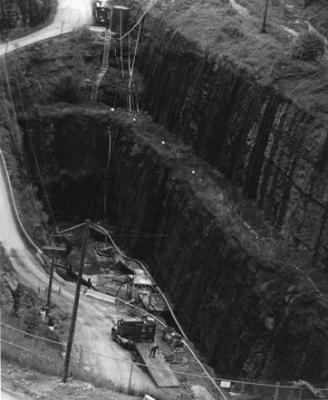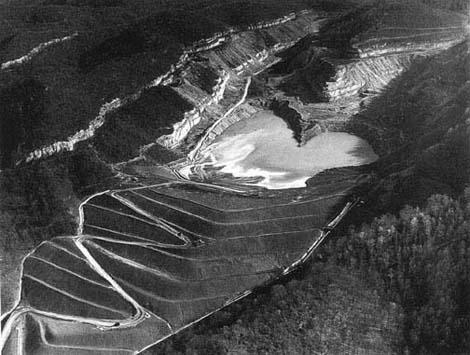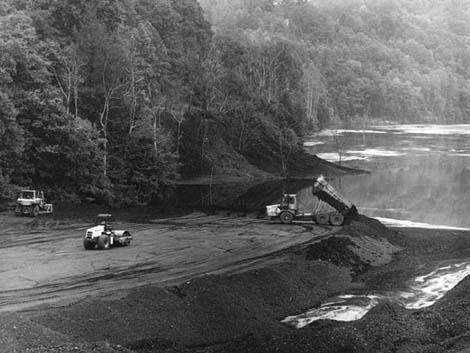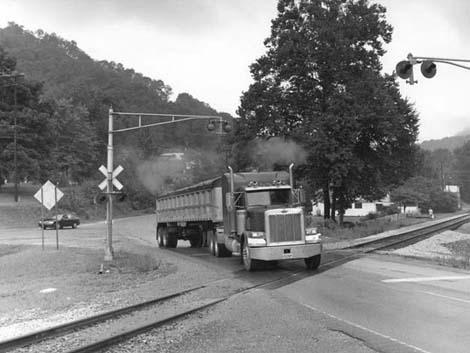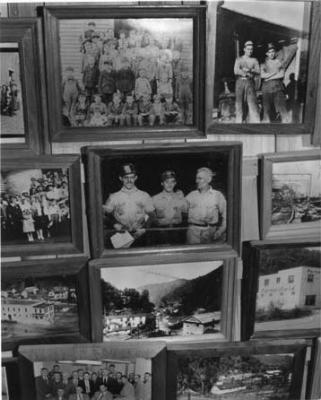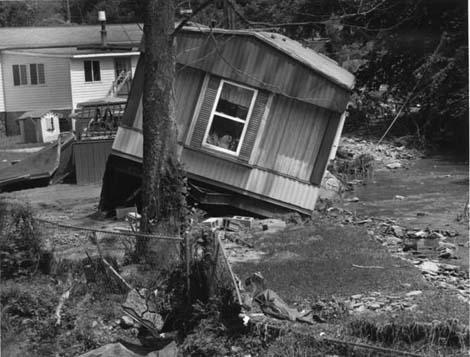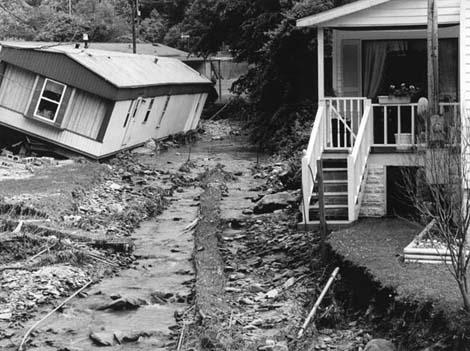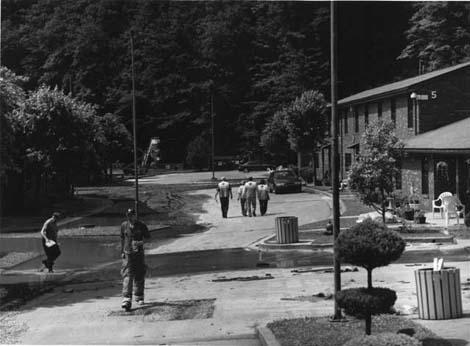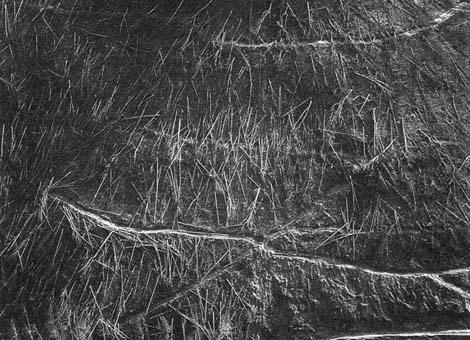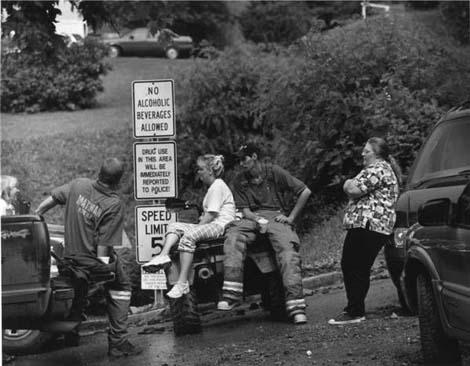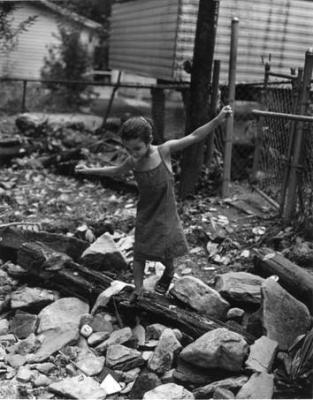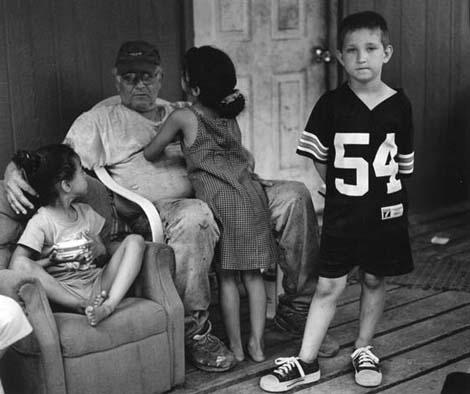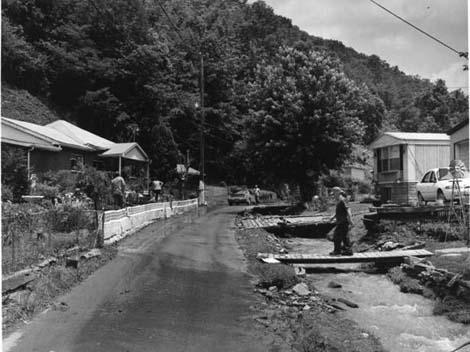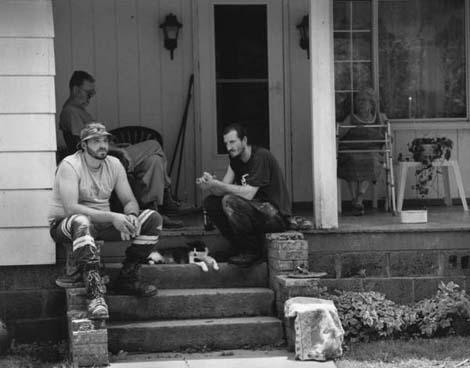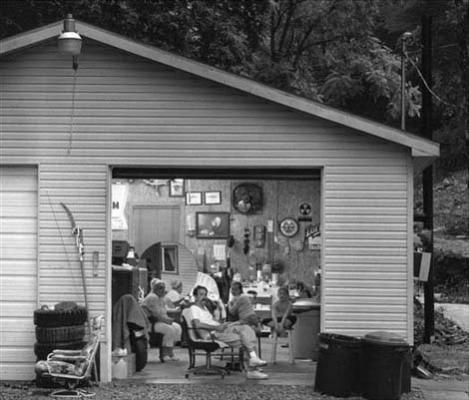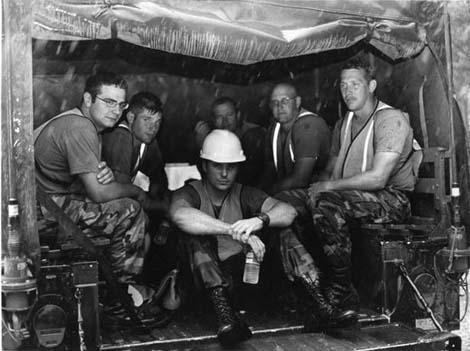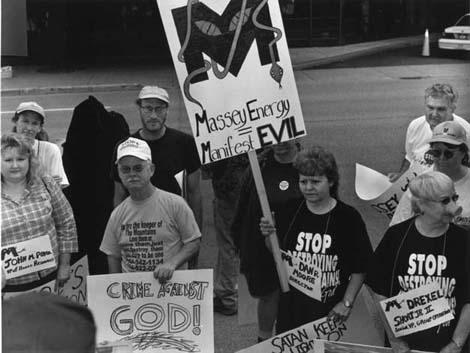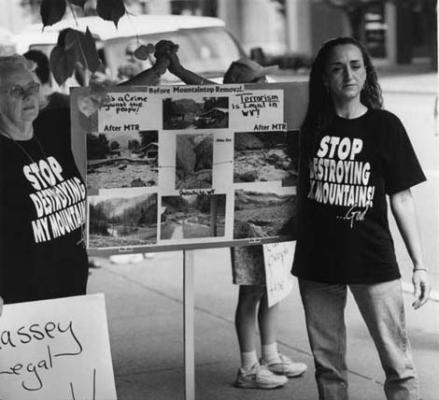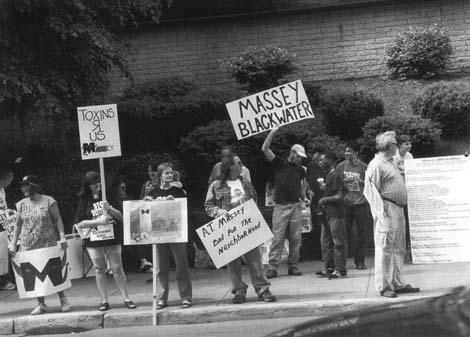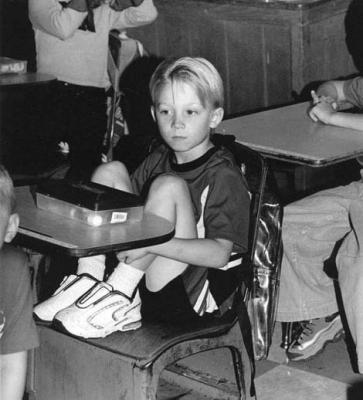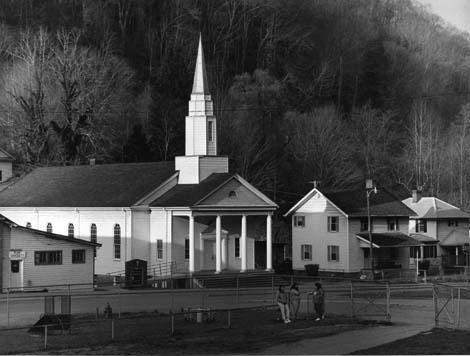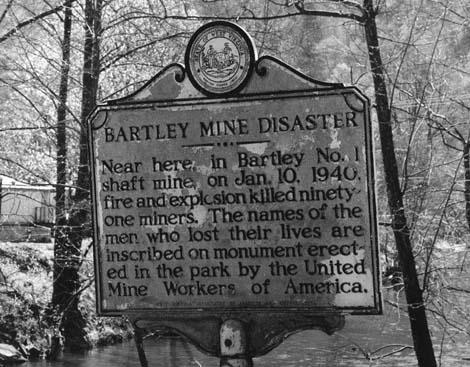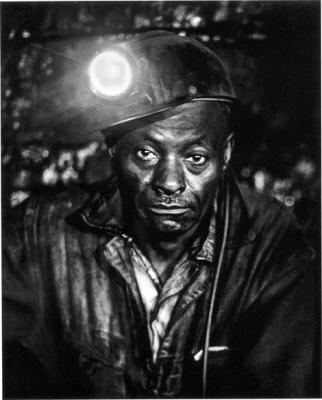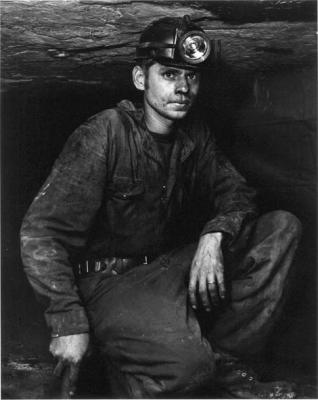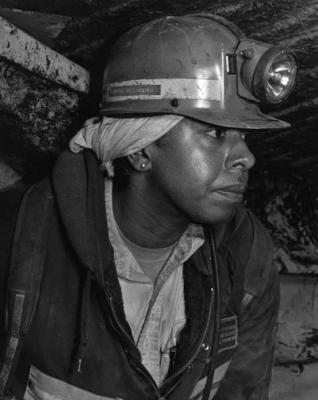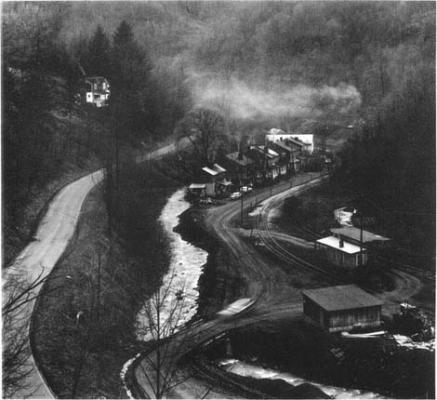Revisiting The Appalachian Coalfield
APF Fellow
- Share this
- Print this
- Updated on Thu, 2011-05-05 15:20
What began in 1968 as a ten-day trip became fourteen years of visiting and photographing in coal mines,miners' homes, and communities in the hills and "hollers" of West Virginia, eastern Kentucky, southwestern Virginia, and western Pennsylvania. I was attracted by a rich cultural heritage that included the rejection of British colonial rule, support of abolitionism, and the collective struggle of coal miners since the late nineteenth century to make life better for themselves, their families, and the American working people.
With the help and encouragement, in 2002, of a commission from the Appalachian College Association, followed by an Alicia Patterson Foundation Fellowship in 2004, I have begun to revisit the Appalachian coalfields. I have been looking at mountaintop removal mining, slurry impoundments, and other coal industry practices and developments to see how they are affecting the communities in the surrounding valleys and hollows. My primary focus continues to center on the lives of the people and their enduring humanity, but now more than ever on their mountains, whose fate affects them so intrinsically.
Fellowship title
Fellowship stories
Alicia Patterson Foundation © 2023
1100 Vermont Ave. Suite 900 Washington, D.C. 20005 Phone: 202/393-5995 Fax: 301/951-8512
Alicia Patterson Foundation © 2023
1100 Vermont Ave.
Suite 900
Washington, D.C. 20005
Phone: 202/393-5995
Fax: 301/951-8512
